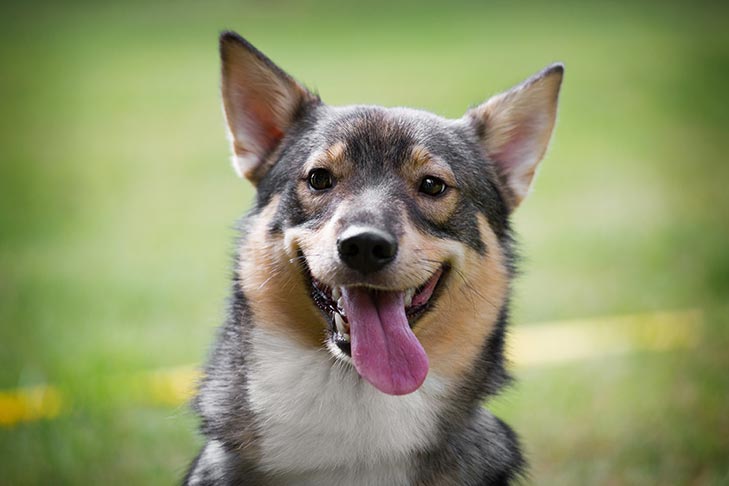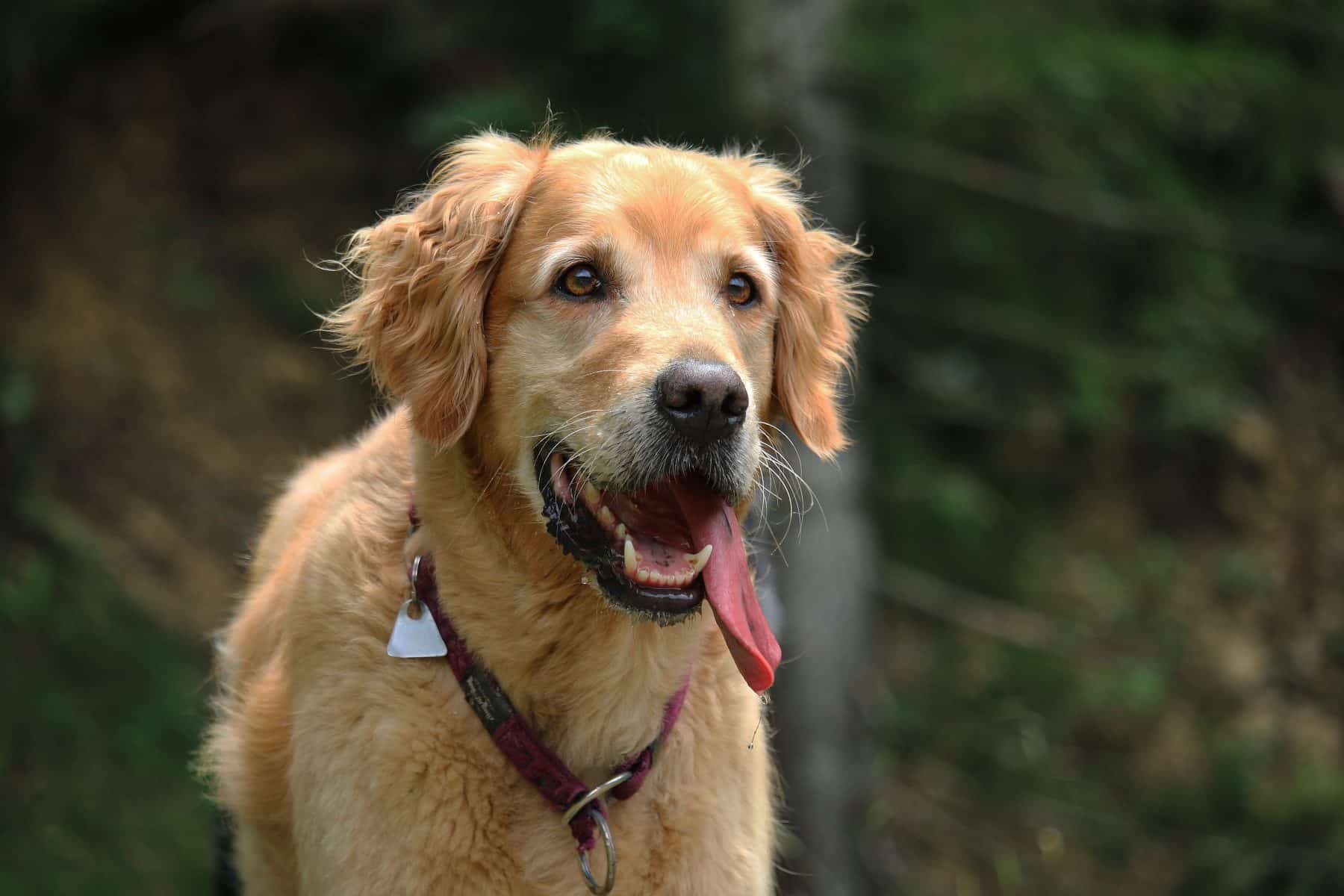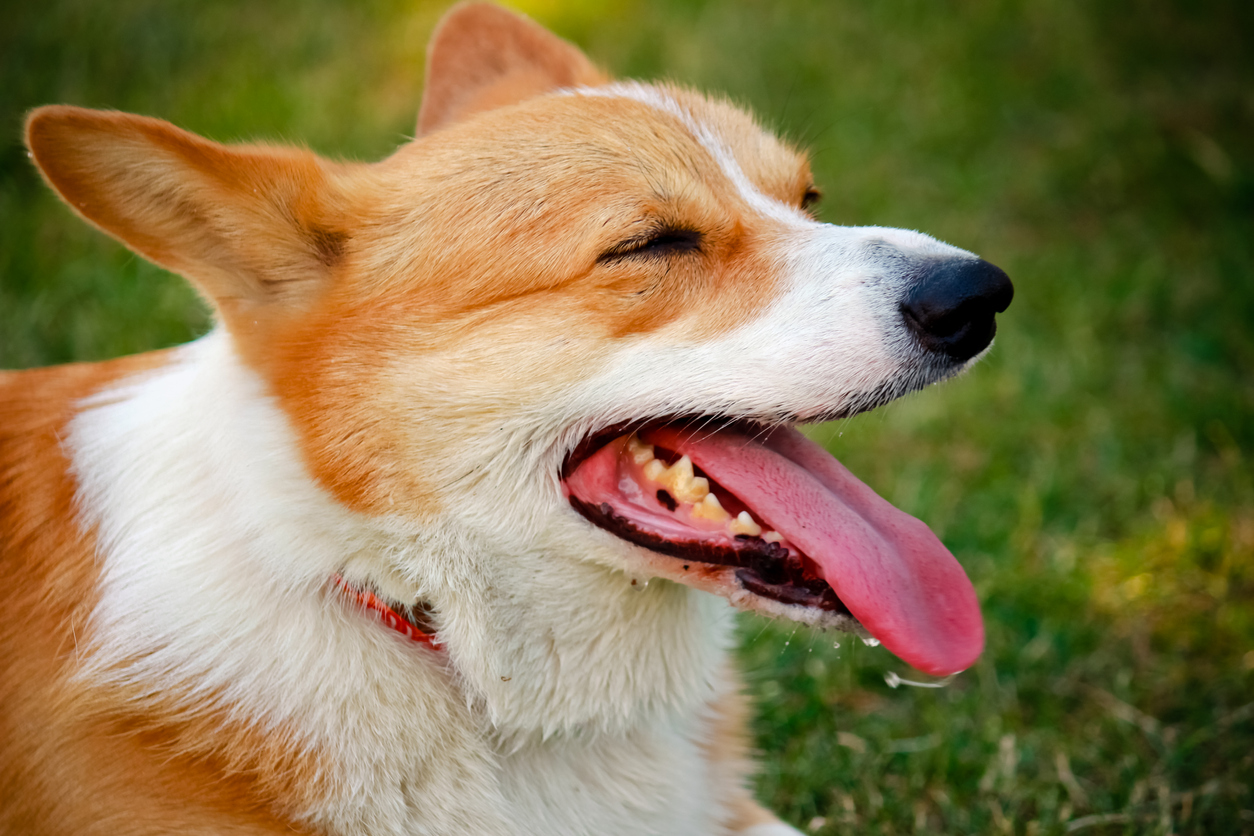Can Dogs Sweat? Unlocking the Mystery of Canine Thermoregulation
Dogs, our beloved canine companions, have a unique way of regulating their body temperature. Contrary to popular belief, dogs do not sweat through their skin like humans do. Instead, they primarily rely on panting to cool down. This process, known as thermoregulation, is essential for their health and well-being. In this article, we will delve into the science behind how dogs maintain their body temperature and explore practical tips on how to keep your pup cool during the hot summer months.

The Science of Canine Sweating
While humans have millions of sweat glands spread across their skin, dogs have a limited number of sweat glands concentrated on their paw pads. This means that dogs cannot effectively cool themselves through sweating alone. Instead, they rely on evaporative cooling from their respiratory system. When dogs pant, they increase the surface area of their moist respiratory tract, allowing for more heat to be lost through evaporation. This is why you often see dogs with their tongues hanging out on hot days; it’s not just for fun but a vital part of their cooling mechanism.

Why Panting is Important
Panting is not just a sign of a dog being hot; it’s a complex physiological response to heat stress. When a dog’s body temperature rises, the hypothalamus in their brain triggers the panting response. This helps to increase the evaporation rate, which in turn cools the blood flowing through the nasal passages and tongue. The cooled blood then circulates throughout the body, helping to lower the overall body temperature. It’s a fascinating process that showcases the adaptability of dogs to different environmental conditions.

How to Keep Your Dog Cool in Summer
Understanding how dogs cool themselves is crucial for pet owners, especially during the hot summer months. Here are some practical tips to help keep your dog cool and comfortable:
- Provide plenty of fresh water: Hydration is key to preventing heatstroke and supporting your dog’s natural cooling process.
- Offer shade and cool surfaces: Ensure your dog has access to shaded areas and cool surfaces like tiles to rest on.
- Avoid exercise during peak heat: Schedule walks and playtime during the cooler parts of the day, such as early morning or late evening.
- Use cooling products: Consider using cooling mats, vests, or bandanas designed to help lower your dog’s body temperature.
- Never leave your dog in a parked car: Even with the windows cracked, the temperature inside a car can rise rapidly, posing a serious risk to your pet’s health.
:max_bytes(150000):strip_icc()/panting-english-bulldog-657695546-2000-648decf94310437b89d5ff08c9330ed6.jpg)
Conclusion
While dogs may not sweat like humans, their bodies are equipped with an efficient system to regulate temperature. By understanding the importance of panting and providing the right conditions, you can help ensure your dog stays cool and healthy during the summer. Remember, a happy and healthy dog is a well-hydrated and well-cooled dog.







